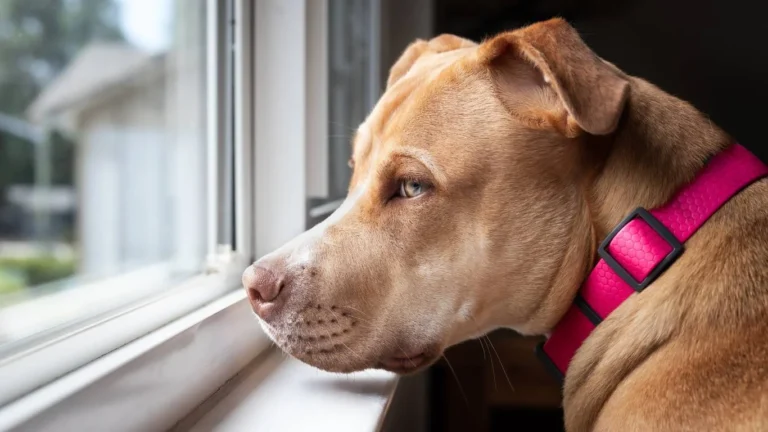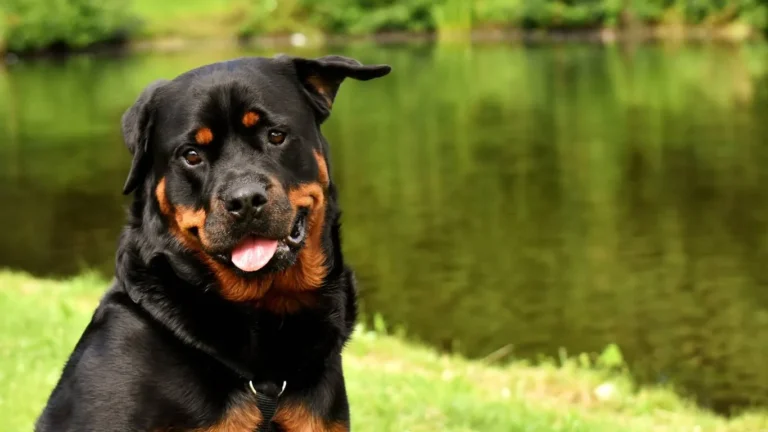Why Does My Dog Have Stinky Feet? Causes and Solutions Explained
If you’ve ever wondered, “Why does my dog have stinky feet?”, you’re definitely not alone. As a veterinary assistant who’s spent quite a bit of time helping pet parents understand their furry friends’ quirks, I can tell you this is a surprisingly common question. Stinky dog feet can be a bit of a mystery and sometimes a little embarrassing when your pup gets up close and personal on the couch. But don’t worry—there’s a lot behind that smell, and understanding it can help you keep your dog happy and healthy.
Why Does My Dog Have Stinky Feet? The Basics
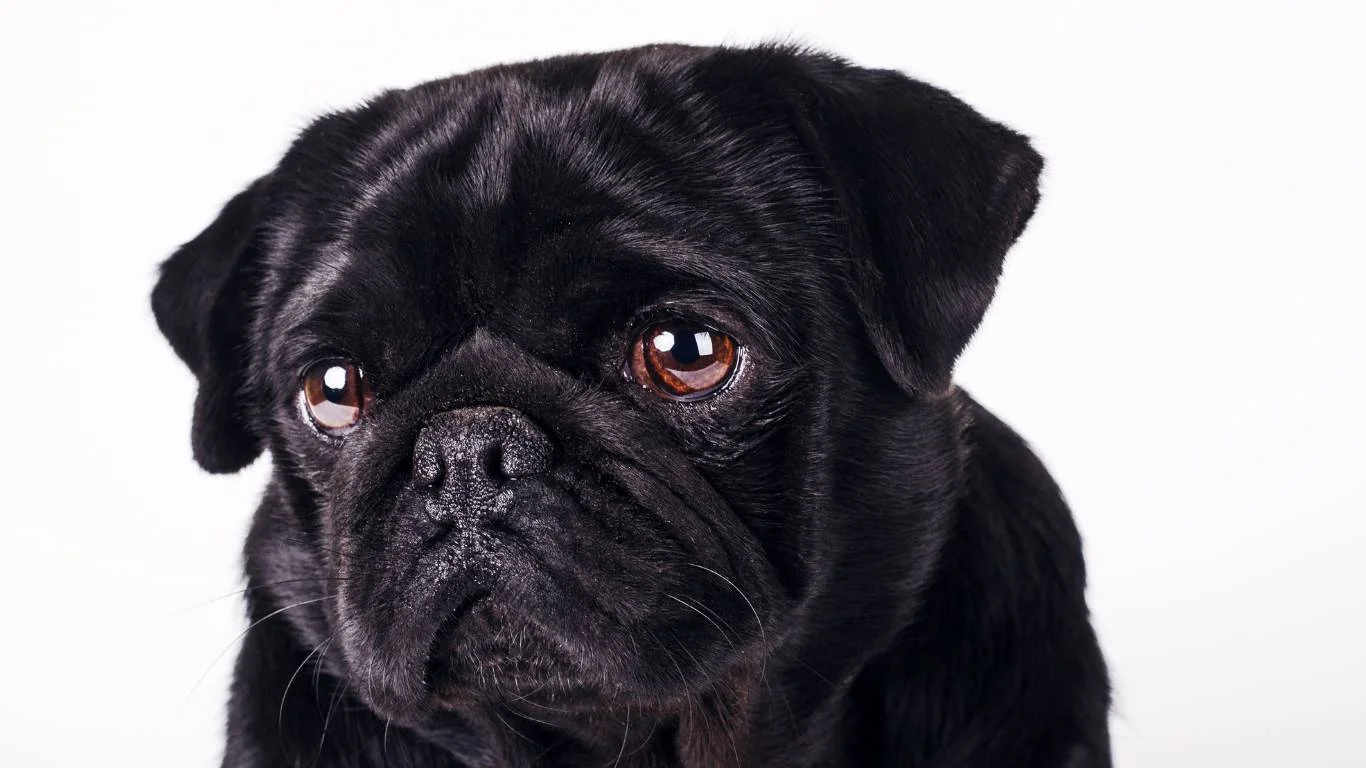
First off, it’s important to realize that all dogs have some natural scent on their paws. Their feet are covered in sweat glands and are exposed to dirt, bacteria, and fungi just by walking around. But when that normal scent turns into something really stinky, it usually means something else is going on. From personal experience working with dogs of all shapes and sizes, I’ve seen this smell caused by everything from minor infections to simple hygiene issues.
The Role of Bacteria and Yeast
One of the biggest culprits behind those smelly paws is bacteria and yeast. Dogs have natural microorganisms living on their skin, and sometimes these can multiply too much, especially in moist environments—like between their toes after a romp in the rain or a swim. When this happens, it creates a classic “smelly feet” odor that some describe as similar to cheesy or moldy smells.
In fact, I remember a Golden Retriever I worked with whose owner kept coming in worried about a strong odor. A quick check showed yeast infection between the toes—nothing serious, but definitely something that needed treating with medicated shampoos and keeping the paws dry.
Why Your Dog’s Paws Sweat (Yes, They Sweat!)
It might surprise you, but dogs do have sweat glands—and a lot of them are in their paw pads. Unlike humans, dogs don’t sweat to cool off all over their bodies but instead pant and sweat through these pads. When a dog is anxious, hot, or active, their paws can get moist, creating a perfect little environment for smelly bacteria and yeast to thrive. This can add to the funky scent you might notice, especially if the paws aren’t cleaned regularly.
Common Causes of Stinky Dog Feet
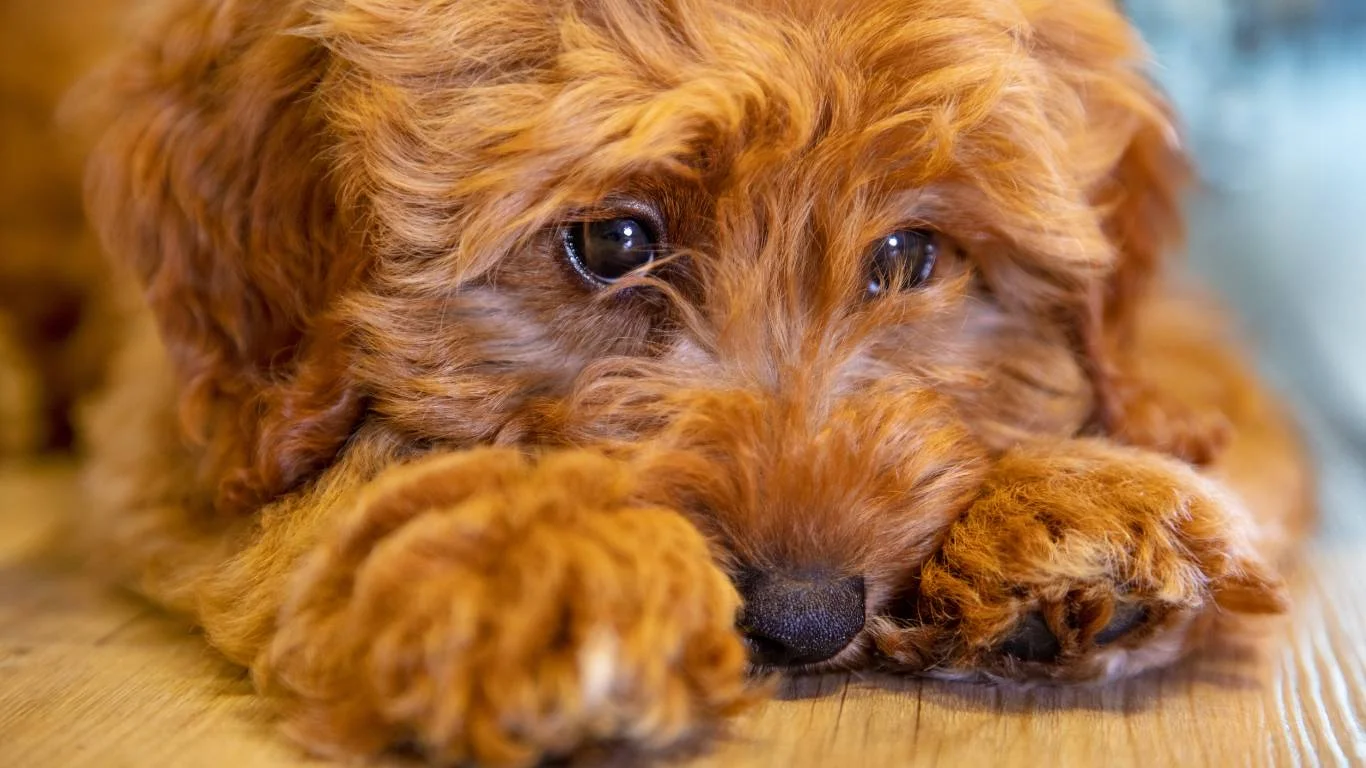
1. Poor Hygiene and Dirt Buildup
Dogs love exploring, and their paws are often the first to get dirty. Mud, grass, leaves, and all kinds of debris can stick to those pads and fur between toes. If this dirt isn’t cleaned off regularly, it can lead to a buildup of bacteria and an unpleasant smell. From what I’ve seen in the clinic, many owners underestimate how much cleaning paws can affect odor. A quick wipe-down after walks can make a huge difference.
2. Allergies That Cause Irritation
Allergies are another frequent cause of paw odor. When dogs are allergic to pollen, food, or chemicals, their paws might become inflamed and itchy. This causes them to lick or chew the paws constantly, which can break down the skin barrier and allow bacteria and yeast to take over, leading to that notorious “stinky feet” smell.
3. Infections: When to Be Concerned
If your dog’s feet are not just smelly but also red, swollen, or painful, it could be a sign of an infection. Bacterial or fungal infections can require veterinary treatment, including antibiotics or antifungal meds. I always recommend that pet parents keep an eye out for signs like limping, excessive licking, or visible sores, as these might mean it’s time for a vet visit.
Simple Steps to Keep Your Dog’s Paws Fresh
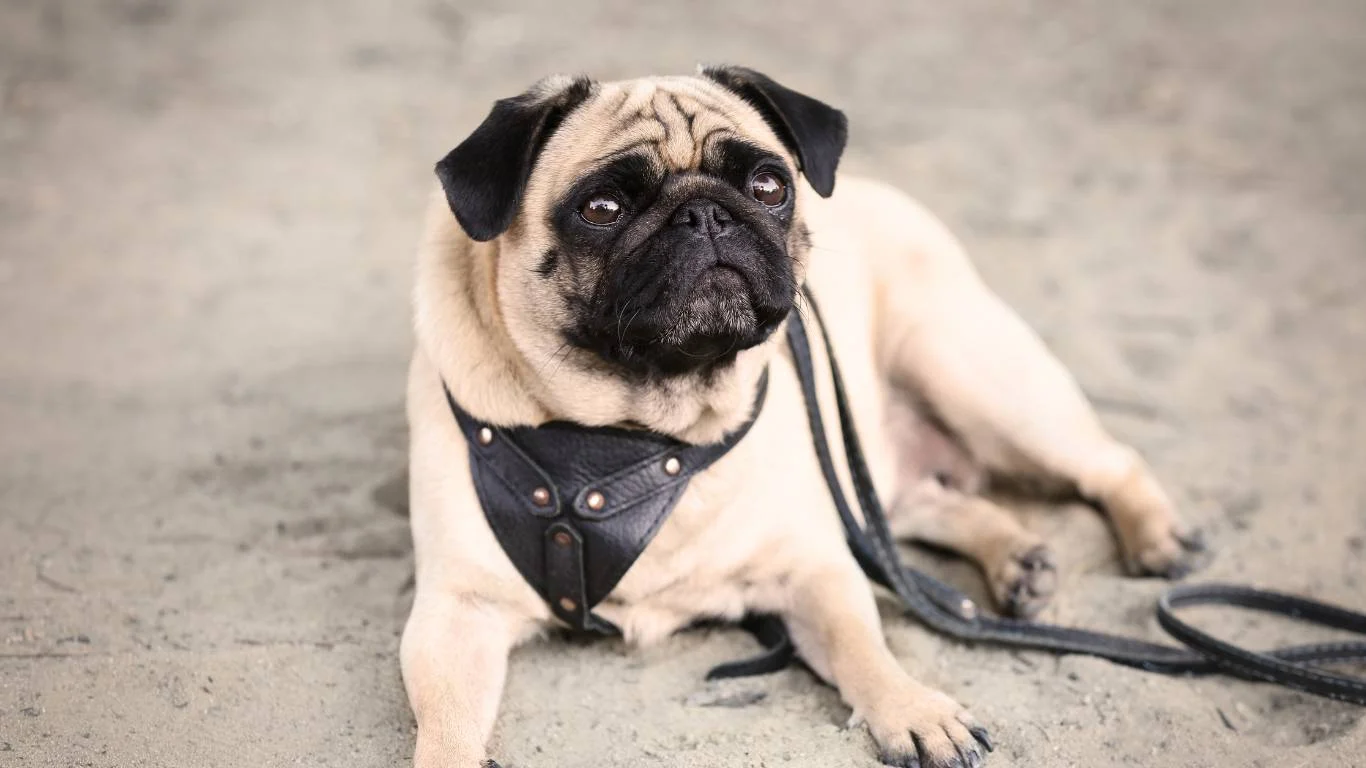
From my experience, a little extra paw care goes a long way. Here are some easy tips you can start with:
- Regular Paw Cleaning: Wipe paws with a damp cloth after walks to remove dirt and allergens.
- Dry Thoroughly: Moisture encourages bacteria and yeast, so dry paws well, especially after baths or rain.
- Check Between Toes: This is where debris and infections often hide—take a quick peek weekly.
- Trim Hair: Keep fur between toes trimmed to prevent matting and trapping dirt.
- Use Vet-Recommended Products: Sometimes medicated wipes or shampoos can help control yeast and bacteria.
When to Worry About Your Dog’s Stinky Feet
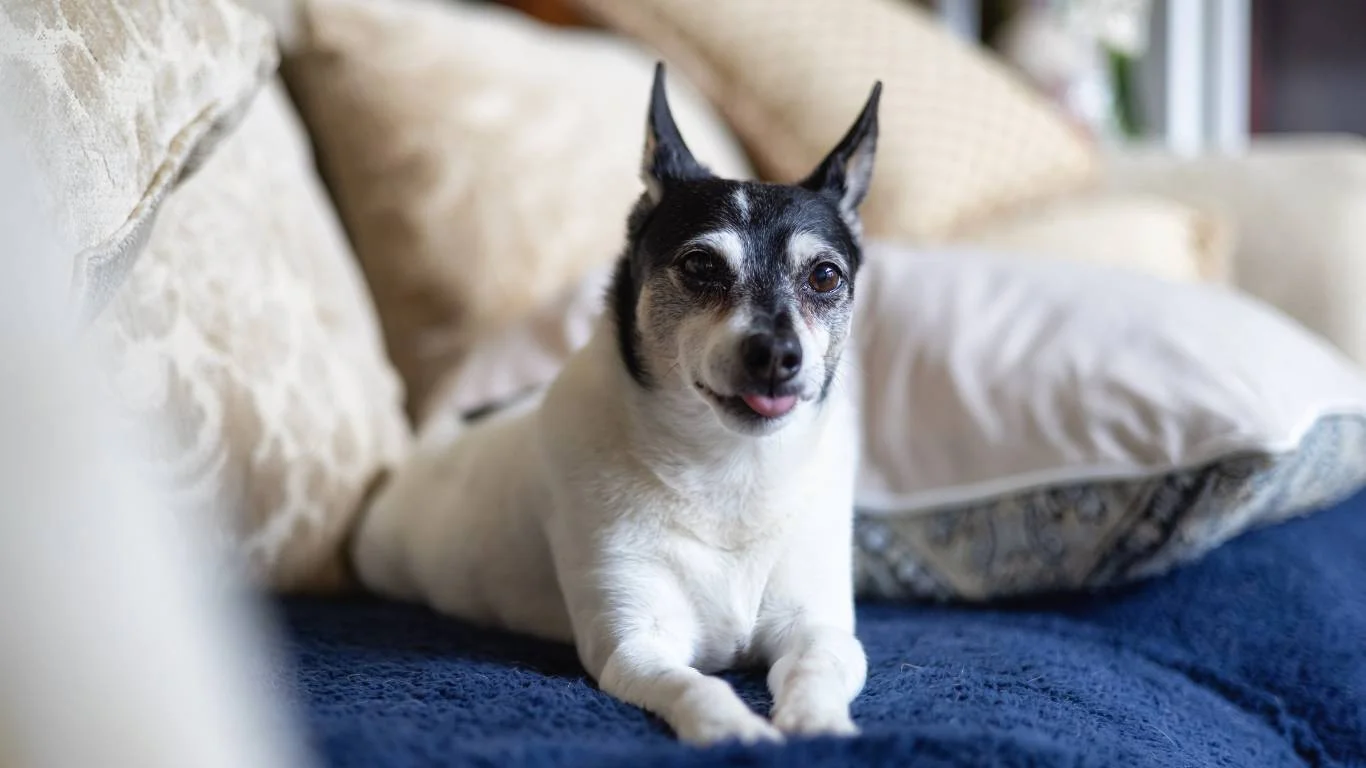
While a little odor here and there is pretty normal, there are definitely times when stinky paws signal something more serious. From my hands-on experience in the clinic, I always tell pet parents to trust their instincts—if the smell is overpowering or suddenly worsens, it’s a good idea to dig a little deeper.
Signs of Infection or Injury
If you notice your dog limping, licking their paws obsessively, or if the skin looks red, swollen, cracked, or has open sores, it could mean an infection has set in. These infections often smell particularly strong because bacteria and yeast thrive in damaged skin. In one case I remember, a small cut on a terrier’s paw got infected, and the owner only realized something was wrong because the stench was so bad. Prompt vet care cleared it right up.
Chronic Paw Odor and Allergies
Some dogs struggle with allergies that cause ongoing paw inflammation and odor. These cases can be tricky because the allergy needs managing long-term. During my time assisting vets, I’ve seen dogs benefit from dietary changes, hypoallergenic shampoos, and allergy medications. Allergic dogs often have itchy, irritated paws that smell due to the constant licking and secondary infections.
Diet and Nutrition’s Role in Paw Health

You might not immediately connect what your dog eats with smelly feet, but nutrition actually plays a bigger role than you’d think. A balanced diet helps keep their skin and coat healthy, which in turn supports the natural barriers that prevent infections.
From my background focusing on veterinary nutrition, I’ve seen how poor-quality food or certain allergies to ingredients can lead to skin problems, including those stinky paws. For example, some dogs react to common proteins like beef or chicken, causing inflammation that invites bacteria and yeast. Switching to a limited ingredient or hypoallergenic diet has helped many of these pups regain normal paw health.
Supplements That Support Skin Health
Adding supplements like omega-3 fatty acids (think fish oil) can improve your dog’s skin condition. These healthy fats reduce inflammation and support the skin’s natural defenses. I often recommend these to clients dealing with chronic paw issues, and the results can be impressive—not just less odor but shinier coats and happier pups.
Home Remedies and Treatments to Try
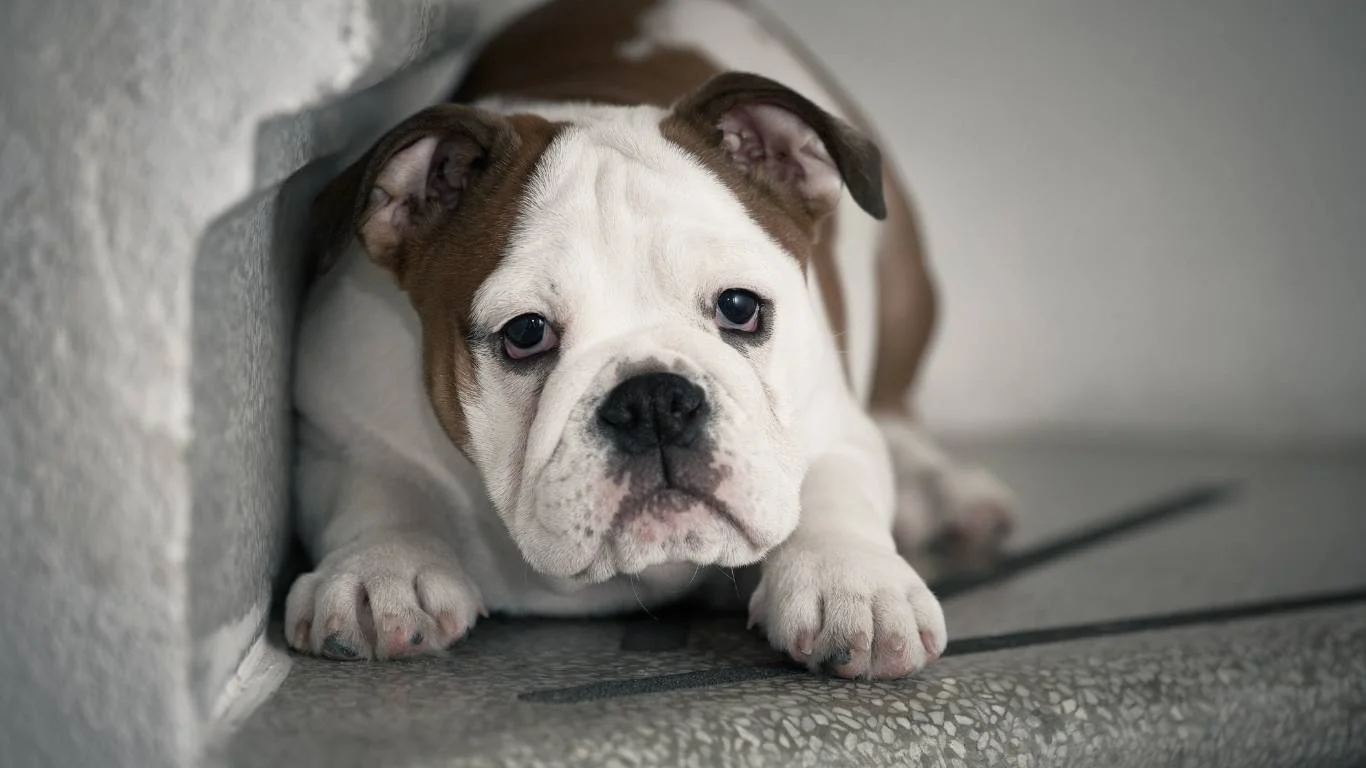
Before rushing to the vet, there are a few simple home remedies you can try to tackle your dog’s stinky feet. I always encourage pet parents to keep things gentle and consistent. Here are some tips I’ve found effective over the years:
- Warm Water Soaks: Soaking your dog’s paws in warm water mixed with a little bit of mild antibacterial soap or even diluted apple cider vinegar can help reduce bacteria and yeast. Just 5-10 minutes, a couple of times a week, can make a noticeable difference.
- Regular Paw Checks and Cleaning: Make it a habit to inspect your pup’s paws daily. Clean off any dirt or debris and dry thoroughly. Keeping the paws clean prevents buildup that causes odor.
- Paw Moisturizers: If the skin on the paws is dry or cracked, applying a pet-safe moisturizer can help repair the skin barrier. I always caution owners to avoid human lotions, which can be harmful to dogs.
- Keep Nails Trimmed: Long nails can cause your dog to walk awkwardly, putting extra pressure on paw pads and increasing the chance of injury and infection.
In my experience, consistency is key. I’ve seen dogs with smelly feet improve dramatically just by adding a little paw care routine into their week.
Preventing Stinky Feet Before They Start

Prevention is always better than cure, and thankfully, keeping your dog’s feet fresh isn’t too complicated. Aside from regular cleaning and checking, there are a few lifestyle tips that go a long way:
- Keep Your Dog Dry: After walks, especially in wet weather, dry your dog’s paws completely. Moisture creates the perfect breeding ground for stinky bacteria and yeast.
- Choose the Right Surfaces: Avoid walking your dog on overly dirty or chemically treated surfaces that can irritate their paws.
- Provide a Balanced Diet: As mentioned, quality nutrition supports healthy skin and reduces allergy risks.
- Schedule Regular Vet Visits: Routine check-ups help catch any paw issues before they get out of hand.
With a little attention and care, you can help your dog avoid those smelly feet situations that can be frustrating for both of you. And trust me—nothing beats the feeling of a happy, healthy pup confidently padding around without any unpleasant odors trailing behind!
When to See a Vet About Your Dog’s Stinky Feet

If you’ve tried cleaning, dietary tweaks, and home remedies but your dog’s paws still smell funky, it might be time to get a professional opinion. From my years working alongside veterinarians, I can’t stress enough how important it is not to ignore persistent or worsening symptoms. Sometimes what starts as a simple smell can signal underlying health problems that need targeted treatment.
What Your Vet Will Look For
When you bring your dog in, the vet will do a thorough paw exam, checking for infections, allergies, foreign objects, or even systemic conditions that might affect the skin. They might take skin scrapings or swabs to identify the exact bacteria or yeast involved. In some cases, blood tests can help rule out allergies or other health issues contributing to the problem.
From my experience assisting during these appointments, a precise diagnosis is key because it means the treatment can be tailored specifically—whether that’s antifungal medication, antibiotics, allergy shots, or special shampoos. The sooner you catch it, the easier and faster the recovery usually is.
Advanced Treatments for Stinky Dog Feet
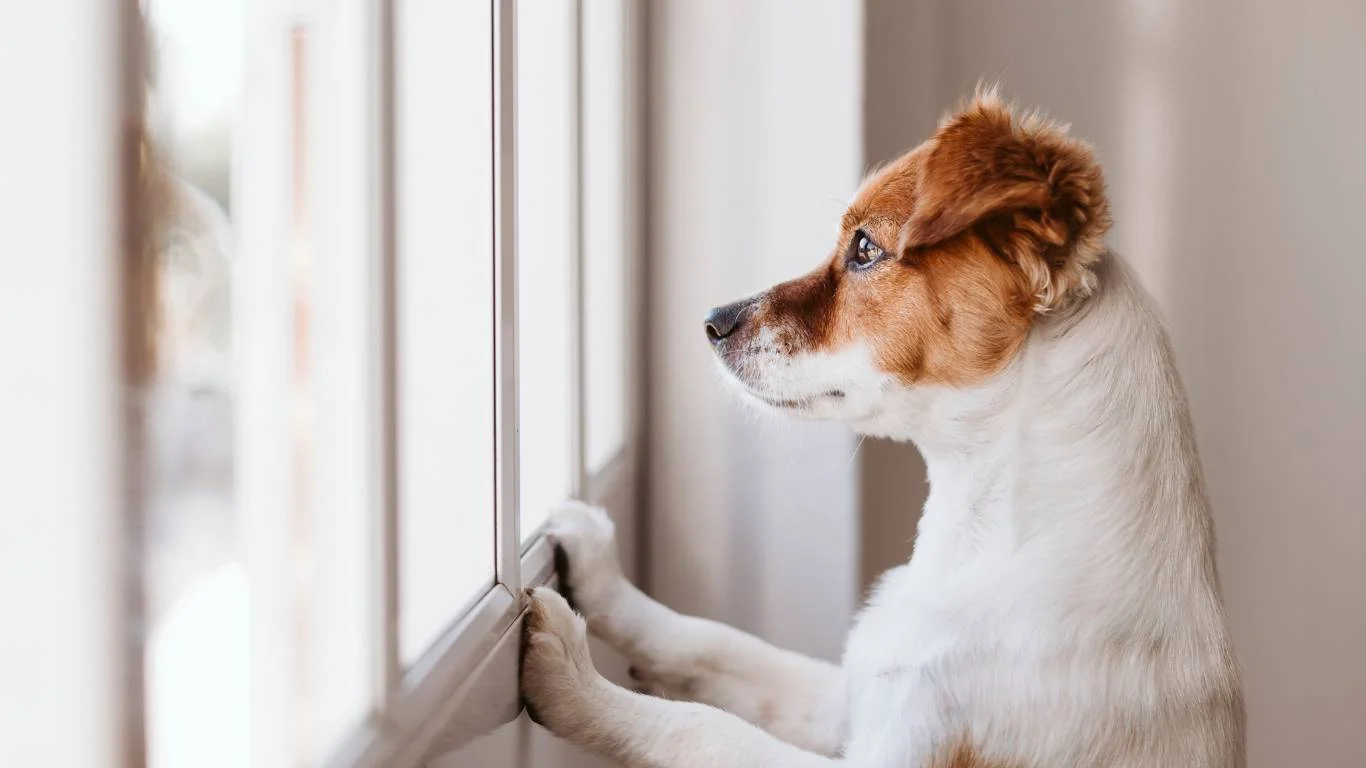
If your dog’s stinky feet are caused by chronic issues like recurring infections or allergies, your vet may suggest a combination of treatments beyond what you can do at home. Here’s what I’ve seen commonly prescribed and worked alongside vets to implement:
- Medicated Shampoos and Wipes: These often contain antifungal or antibacterial agents that help control the microbes causing odor.
- Oral Medications: For stubborn infections, antibiotics or antifungal pills may be necessary.
- Allergy Management: This can include hypoallergenic diets, antihistamines, or immunotherapy (allergy shots).
- Regular Paw Soaks: Sometimes vets recommend antiseptic soaks or dips to keep the paws clean and reduce microbial load.
One thing I’ve noticed is that treatment is rarely one-and-done. Especially with allergies, it’s about managing the condition long-term to keep your dog comfortable and smelling fresh.
How I Helped One Pup with Persistent Stinky Feet
Let me share a little story from my time as a veterinary assistant that really stuck with me. There was a sweet Cocker Spaniel named Bella whose owner was frustrated with her chronic paw odor. They had tried baths and cleaning, but the smell always came back. After a thorough vet exam, we found Bella had both a yeast infection and food allergies.
Working with the vet, we switched Bella to a hypoallergenic diet and started a medicated shampoo routine. The owner also committed to daily paw inspections and wiping after walks. It took a few weeks, but Bella’s paws finally cleared up, and the odor disappeared. It was such a rewarding moment—not just for Bella’s comfort, but for her owner, who finally felt like they had the answers they needed.
Wrapping Up: Keep Your Dog’s Paws Happy and Healthy
So, why does your dog have stinky feet? It’s usually a mix of natural bacteria, moisture, and sometimes infections or allergies. But with some TLC, the right diet, and attention to hygiene, you can keep those paws smelling fresh and your furry friend feeling great.
If the smell lingers or is accompanied by redness, swelling, or discomfort, don’t hesitate to get your vet involved. Early care can prevent bigger problems down the road. And remember, your dog’s paws are literally their foundation—taking good care of them means supporting their whole health and happiness.
References
- American Veterinary Medical Association
- American College of Veterinary Preventive Medicine
- American Animal Hospital Association
- Washington State University College of Veterinary Medicine
Disclaimer
This article is intended for informational purposes only and should not replace professional veterinary advice. If you notice persistent or severe symptoms in your dog’s paws, please consult a qualified veterinarian for diagnosis and treatment.


